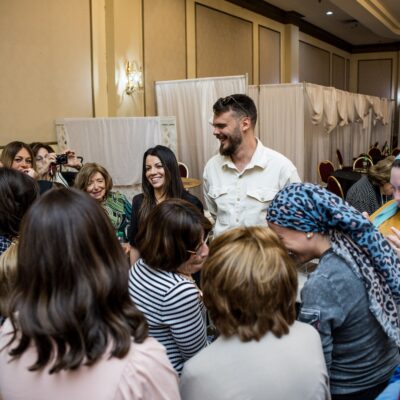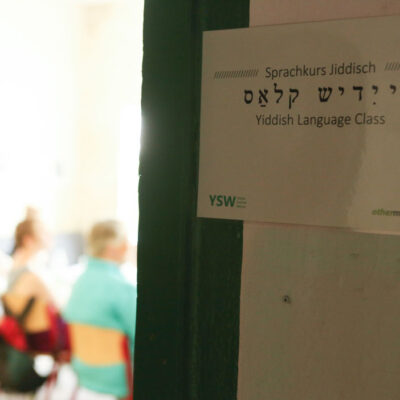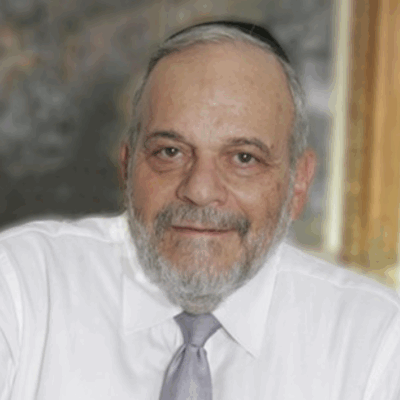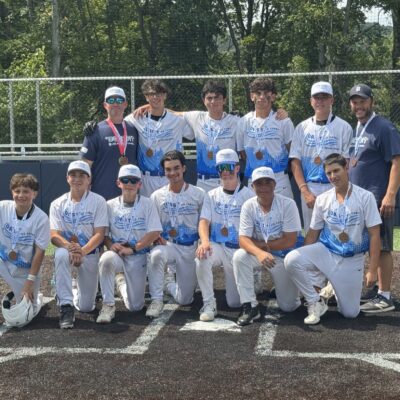Anne Frank Friended Me: Social Media and Remembering the Holocaust

By Esther D. Kustanowitz
We are now in a season of remembrance. And today, there is no remembrance without social media acknowledgement.
Last week, as communities celebrated Yom Hashoah (Holocaust Remembrance Day), social media buzzed with an unusual Instagram campaign: Eva.Stories is a film in fragments depicting the life of 13-year-old Eva Heiman, told through Instagram Stories. True to today’s Instagram Stories format, the film uses hashtags and addresses the camera directly, creating a vibrant picture of teen Eva’s life as the Nazis infiltrate Hungary and her innocence. Eva Stories launched on May 1 and within 24 hours had passed 100 million views.
While viewers are obviously aware it’s not a documentary, the film’s format creates a feeling of immediacy that’s unnerving. The broadcast feels contemporary in a way that sparks a desire to do something. But we know that it’s all in the past: we can only witness this story based on a real girl and her diary, and know where the story will end. It prompted me to wonder if, as Nazi influence became more prominent in Eastern Europe, teens armed with tools like Twitter and Instagram – and before that, LiveJournal and other blogging platforms – might have been able to get the word out faster and more effectively, perhaps reaching the people who could have helped.
The instinct to import history into the most modern of media is not new. In August 2007, for example, Anne Frank friended me on MySpace. I thought it flattering that the famous diarist, whose words I had read obsessively over decades, had judged me fit to follow (or at least her self-appointed MySpace representative had). Her profile listed her as “Anne – 78 – Female.” But Anne Frank never reached 78, and if she had, we probably wouldn’t know anything about her. By November, the profile had been deleted, perhaps because of pressure from those trying to preserve Anne’s memory in a specific way that didn’t include the indignity of social media. But I have often thought about how a modern Anne might have used the tools of our day to chart her experiences.
I was also inspired remembering “St. Louis Manifest” (@stl_manifest on Twitter), an awareness project launched by Jewish educator, technologist and activist Russel Neiss to remember the St. Louis, a German ship of refugees which was denied entry to Havana, Cuba in 1939 and forced to return to western European countries. As a result, 254 passengers were murdered in the Holocaust. Each Tweet in this 2017 project highlighted a single victim by name, that they were turned away and where they died: “My name is Eva Dublon. The US turned me away at the border in 1939. I was murdered at Auschwitz.” The simplicity of these statements, with the names of the victims and photos where available, helps to personalize the victims and expand our understanding of what it means to remember 254 immigrants fleeing danger and trauma who were sent back to be murdered in the land they’d tried so hard to escape.
Social media can be a frivolous and self-indulgent realm. But it’s also a powerful space for online gathering and storytelling, where remembrance is more personal, more visible. We share photographs of our relatives who escaped Europe just in time or of those who didn’t, and photos of our trips to Auschwitz or visits to Holocaust memorials. We share stories of our own names and the people who bore those names before us. We declare our connections to this terrible history; within our modern, mostly comfortable lives, we claim our past and reclaim the memory.
Eva Heiman wanted to be a famous journalist and photographer; the film’s credits note that maybe this project has helped that dream come true a little. Anne Frank wanted to be a writer (or earlier, an actress), and she is, albeit not in the way any of us would have wanted. But by bringing their authentic teenage selves to the media that they had available to them, their impact endures.
As we #neverforget, it’s worth thinking about what remembering someone means. It means remembering their names and their faces. It means remembering the dreams they had before their lives were destroyed. It means doing good in the world. And it means bringing our authentic selves to the people we encounter online and off.
Esther D. Kustanowitz is a writer, editor and creative consultant based in Los Angeles. Twitter: @EstherK













